Footwork Dynamics for Self-Defense: Motion while knife attacks in Krav-Maga
- Gil Peleg

- Feb 22, 2022
- 13 min read
Updated: Jun 16, 2022
In this article we will go over: What are the Dynamics of Knife Fighting Footwork and Motion? What is the importance of Fighting Footwork? What are the foundations for success in the battle of knives? What are the lunge steps? How to Improve Knife Fighting Footwork and Motion? What are the important features of knife experts? What types of training knives and protective equipment are used in Krav-Maga training? What types of real assault knives exist? How important is personal protective equipment when practicing Krav-Maga? With what equipment is it recommended to practice Krav-Maga at home? How important is cardiopulmonary endurance in Krav-Maga workouts?
Warning!
The concepts presented here are for illustrative purposes only. Before attempting any technique discussed or presented in this article, seek professional training from a reputable instructor.
What are the Dynamics of Knife Fighting Footwork and Motion?
Footwork involves keeping balance, closing or furthering the distance, controlling spatial positioning, and creating additional momentum for strikes. We can have the fastest hands in the world, but if we aren’t at the right place at the right time that won’t matter. Footwork is the one that allows us to pass fluently from point A to point B in the ring or on the street without our opponents being able to predict how we move and it is also the one that allows us to move from point A to point C to get the attack toward our opponent. The basic peculiarity of knife combat is that it is combat of short duration. After fighters have approached a striking distance, the result of a fight is at stake within fractions of a second; one or two exact lunges, and you win or perish. That's why one of the main requirements for a knife fighter is footwork. At the initial training stage in the knife-combat technique is flawless acquiring of basic methods up to the automatic level: one has no time to ponder in a fight! It is necessary to acquire the naturalness of method execution through hard training. Footwork combined with head movement and fakes become a very important strategic system that allows us to make both attacks and defense work more effectively. As a result, if we do not base our counter with fighting footwork, it will be difficult to execute.
What is the importance of Fighting Footwork?
Footwork sets up our offense and puts us in a key position to release our best combinations. It also has the power to get us out of some difficult spots and is an integral part of a good defense. The fighter with better footwork and movement skills has a definitive advantage in any fight, however, it is an aspect of fight training that is more often than not neglected taken for granted. Fighters who have taken the time to perfect their movement skills whether, in Krav-Maga, Boxing, MMA, or the street have a more complete and robust fight game. Through the game of legs, fighters are able to create and move in the corners. They can accurately measure the distance and determine the best time to move in and out of danger.
What are the foundations for success in the battle of knives?
It is not enough to know the knife basic technique in order to outmatch an experienced enemy. You should be able to unite elements of the basic technique into fighting combinations ("bunches") and spontaneously use them in a fight depending on the situation. Hand-to-hand combat is governed by certain laws based on the biomechanics of the human body and psychology. That's why a fighting combination is not casual, but a law-governed set of basic techniques that leads to success in certain situations.
What are the lunge steps?
The presence of weapons can vastly influence how a fighter moves, in order to correctly accommodate the specific weapon in hand. Most forms of swordsmanship advocate that the lead foot is matched with the main hand, or hand that is currently clutching the weapon, as to allow the maximum possible reach to be achieved. For example - In a lunge step, we step out and right. It allows us to push step out very fast. The lunge is the fundamental footwork technique used with all knife fencing styles. The lunge is executed by moving forward with the front foot and pushing the body forward with the back leg. It can be used in combination with different blade work to deliver an offensive action such as an attack. The lunge is one of the most basic and most common types of offensive footwork.
How to Improve Knife Fighting Footwork and Motion?
Here are some of the main points that must be considered in your footwork. To become a warrior expert with knives, one must move quickly in battle. Here we will go over some combat methods that will improve your leg technique: Boxing and Kickboxing footwork; Linear footwork; Triangular footwork.
Boxing and Kickboxing footwork:

The boxer relies on “push stepping”. In which the leading leg advances first, then the rear, with the feet coming to rest in the exact relative position. Rear movement is a reversal of this step, and lateral movement involves push stepping in the same fashion, with the foot closest to the desired direction stepping laterally, followed by the opposite foot, which is used to move the body. For the pugilist, footwork is to be deft and simplistic, allowing the fighter to move in and out of striking range as quickly as possible. Now imagine that the knife is a continuation of your hand, and instead of punches, different forms of knife grip. instead of the jab, cross, uppercut, and hook considered a forward knife grip: Saber or Modified Saber as a continuation of your hand (Read about this grip on the previous blog: Top Knife Techniques: Side and Straight, in Krav-Maga and other methods). When the lead foot can move forward to a close distance or remain stationary. During the cross, the rear foot pivots inward to launch the rear shoulder forward, allowing the cross a good deal of its strength. During the left hook, the lead foot pivots in an inward manner to transfer body weight. The right hook's pivot is identical to the cross. The lead uppercut, like the jab, does not use any pivotal motion, the power comes from the transfer of body weight to the lead foot. The rear uppercut employs the same inward pivot as the cross. To maintain balance, both feet can step, pivot or slide as appropriate. Kickboxing employs the same basic footwork pattern as Boxing, with the one key difference lies in the defense and positioning for lower body strikes. The Kick-boxer will often shift his weight backward onto his rear leg to allow his leading leg to react more quickly to an incoming blow as in a defense used against a round kick, or to execute swift kicking maneuvers such as foot jabs.
Linear footwork:

Linear movement is dominated by the philosophy that the fastest and most economical way to an opponent is in a straight line. They are natural for most grappling systems, which aim quickly to take an opponent to the floor with as little movement or adjustment as necessary. "Shooting," or rushing for the legs in order to execute a takedown, is a universal action that is an example of linear footwork's application. Arts that use linear movement as their focus adopt mostly rigid stances and behaviors, and focus primarily on the speed of advance and retreat to overcome an adversary. The striking arts of Japan and Korea utilize linear form quickly to overwhelm opponents with powerful, focused blows, whereas the Chinese arts primarily respect linear movement as a method of staying in reference to the opponent's centerline, and for its necessary use in trapping, or close-range grappling exchanges. Now imagine that the knife is a continuation of your hand, and instead of punches, different forms of knife grip.
For example, from the world of karate - instead of the Choku Zuki: Straight punch; Chudan Juki (originally, "Tsuki"): Mid-level punch; Haishu Uchi: Backhand strike; Jun Zuki or Oi-zuki: Step through the punch and Kagi Zuki: Hook punch - forward knife grips: Saber or Modified Saber as a continuation of your hand (Read about this grip on the previous blog: Top Knife Techniques: Side and Straight, in Krav-Maga and other methods).
Compared to Kickboxing - Karate has a wider range of punches. Consequently, the advantage of this method in the struggle with knives in diversifying holdings of those knives in common forms in knife fighting such as Reverse Knife Grip Technique: Edge Out and in. I.e. blows in the form of a hammer from above or from the side. That is, in karate, they are called: Tettsui: Hammer-fist strike; Tettsui Hasami Uchi: Hammer-fist scissor strike; Tettsui Yoko Uchi (bottom fist strike to side); Uraken Mawashi Uchi (back fist circular strike to the head); Uraken Sayu Ganmen Uchi (back fist strike to side) and Uraken Hizo Uchi: back fist strike to the spleen. Although there is a clear advantage in this footwork method in knife fighting mainly in the Linear footwork's direct, sharp movements.
Triangular footwork:

This unique and highly versatile footwork pattern is popular within the martial arts: the Philippines Principally Kali-Arnis-Escrima, Silat, Kuntao, Panantukan, and Israeli Krav-Maga. Diagonal or triangular footwork involves moving in a triangular fashion as opposed to the direction forward or lateral movement present in boxing and other styles such as Karate or Tae-Kwon-Do. For example, a user of triangular footwork will choose to advance or retreat at a diagonal to one's opponent, as to potentially set oneself into a superior position or attack or defense, and to disorient opponents that may not be familiar with this type of unconventional movement. Users of triangular footwork appear as if zigzagging along with the points in randomized directions. The emphasis on evasion over-blocking, as well as efficient counterattacking, is likely influenced by the significance of weapons, especially edged ones, in Krav-Maga, Kali-Arnis-Escrima, and Silat. Because the danger of exchanging weapon strikes is much higher risk than with empty hands, it is common practice to use triangular footwork to achieve a superior position to one's opponent to both avoid an attack as well as launch a counterattack before the opponent has a chance to recover.
There are three types of triangular movement techniques: “The male triangle pattern” - involves retreating in a triangular pattern that is facing away from the practitioner; “The female triangle pattern” - that has the practitioner advancing along an inverse triangle facing opposite of the fighter; and “The lateral triangle” - which involves moving in a triangular pattern to the right and left of the practitioner. Movement in a linear fashion is achieved, principally, by a "step and slide." The fighter will first move to the desired 'point' on the triangular matrix, then swiftly slide one's rear leg to meet his leading foot. Advanced users of triangular footwork literally "bounce" their rear feet off the ankle or heel area of their leading foot to jut out to another point as swiftly as possible, allowing for a change of direction at incredible speed. The majority of the arts that utilize triangular footwork can effectively be practiced in either right or left leads interchangeably. Panantukan, Filipino Boxing, features a hybrid footwork pattern that combines triangular movement with a boxing stance, and boxing's close attention to body mechanics. A Panantukan fighter uses his unique footwork to attempt to zone his opponent to achieve the perfect striking position.
What are the important features of knife experts?
You must feel the knife as an extension of your hand. Your movements must be light and quick, one movement should smoothly transform into another one. Peculiar features of real knife combat are many withdrawals, jumps, turns, sudden changes in levels and attack directions (the latter is especially actual in a fight against several enemies), and wide use of feints. And all those are done in continuous motion! It is very difficult to follow even the flutter of the knife in an expert's hands, but to foresee the place at which a strike will be delivered... it is practically impossible. It is hard to foresee an expert's actions during a knife fight because his stock of methods is very large. He is in a constant motion, trying to take an advantageous position for an attack, making feint lunges, inducing you to engage.
What do they wear in Krav-Maga?
According to the history of the formation of the Combat System, it was intended for the security forces of the State of Israel, so formal clothes were uniform (military uniform). Although there are schools that teach in black Ninjutsu-Style pants and a black T-shirt, it is usually necessary to wear Martial arts shoes as well. Important note! Women’s and men's equipment in this method are absolutely identical. The following is a recommended list of clothing when training Krav Maga:
What does the training equipment of the Krav-Maga trainer include?
Following the history of the method, great importance is attached to the formation of functional muscles. On the one hand, it is necessary to work on speed and agility in movement, and on the other hand, to develop muscles to increase strength and power. To succeed in this task: Need to work with small weights, many reps in each set; Also combine with strength training, it is advisable to consult with a trainer so as not to damage the muscle ligaments; It is recommended to work with a wrist expander and rubber for dynamic loading; With heavy training rope; a lot of reps on a heavy and light boxing bag; With a punching bag, etc ... It is imperative to practice throwing, choking, blocking, kicking and punching. Punches and knees on the trainer's abdomen may only be performed with suitable and safe belly protectors! In the tactical training of Krav-Maga, rubbery equipment is used like knives, padded sticks, etc... One needs to use equipment that has passed strict safety tests. When signing up for a club, check if their gym floor is well protected and if there is a suitable protective pad against falls, throws, etc. Below is a list of the recommended trainer equipment when teaching Krav-Maga:
How important is personal protective equipment when practicing Krav-Maga?
Good schools understand the importance of protective equipment when teaching martial arts in general and in combat in particular. Demonstrations and battles are not allowed without appropriate protective equipment! These are usually inexpensive shields compared to the physical damage they prevent. Also, there is no insurance without protective equipment! When striking a punching bag, be it a jab, cross, hook, or uppercut, boxing gloves should be used. It is recommended for full contact to use a body protector that maintains the integrity of the ribs. Also, shields for the head, teeth, groin, and legs are recommended.
It is very important to practice Krav-Maga using rubber training knives and even more important during training to wear appropriate protective equipment: such as glasses designed to protect the eyes; a body protector; a Head guard against receiving an unwanted blow. The following is a list of recommended equipment for knife defense studies in Israeli Krav-Maga:
With what equipment is it recommended to practice Krav-Maga at home?
To learn Krav-Maga, one needs to practice the same thing, many times over. This is not a theoretical area compared to other martial arts where one can learn from a trainer by watching directly through a computer. So practice and interaction are of the utmost importance. Although, it is worth it and even recommended to work at home on punches and kicks, strength training, etc. For this purpose, it is possible to purchase minimal personal equipment that does not take up much space at home. Prepares physically for classes in the section. It also improves the following parameters: Strength, flexibility, cardiopulmonary endurance, and more.
Using a yoga mat, abdominal muscles can be improved; Training weights are to improve muscle strength; Using an adjustable strength bench can strengthen chest muscles by lifting weights; A free-standing punching bag is a perfect solution for punching and kicking improvement at home ... Below is a list of recommended equipment for home exercise:
Home training is recommended to be performed under the supervision of a certified trainer. It is recommended to avoid exercising alone at home!
How important is cardiopulmonary endurance in Krav-Maga workouts?
First of all, this is health, and secondly, in a battle that does not end in a short time, the one who has cardiopulmonary endurance wins. To improve cardiopulmonary endurance, it is recommended to take brisk walks, combined with running, to increase and decrease the pace. These runs can be done outdoors, on the coast, on a Treadmill, or on a Home spinning bike. Recommended: Wear suitable shoes while running, and document and monitor your calorie burn and heart rate with your Smartwatch. Also, with the help of this it is very easy to see improvements in cardiopulmonary endurance, In fact, all your actions are recorded using a computer, and there is a training history. The following is a list of recommended personal equipment for home workouts, for developing cardiopulmonary endurance, and for monitoring and controlling progress:
Home training is recommended to be performed under the supervision of a certified trainer. It is recommended to avoid exercising alone at home!
What types of real assault knives exist?
Warning!: Real and dangerous combat knives have been attached below, do not use them for training purposes! Do not use them to intentionally hurt someone! They are for illustration only! That is, to recognize existing threats and be prepared for them! The following is a list of real attack knives for illustration only (there are dozens of different types of attack knives):
What are the recommended books to read, on the subject of knives?
Dear friends, if you are reading this article I guess you like the subject of knives. As a result, I will share with you a number of books on this subject that I have personally read and been very impressed with. You will ask and rightly so, why are they not only about an Israeli Krav-Maga? My answer is simple, I believe that for survival any self-defense technique is good! As much as it is applicable and useful! In our Facebook Group, we are talking about applicable self-defense, and what is good about it is that the method has no meaning at all, but the application of realistic exercises for effective self-defense! As a result, the books are also from different fighting methods regarding knives. I hope you will enjoy them.
Summary Footwork Dynamics for Self-Defense: Motion while knife attacks in Krav-Maga
In the article, we saw the great importance of footwork for self-defense in general and in knife fights in particular, i.e .: the dynamics of footwork and a direct link to success in knife fights; How to improve footwork through a combination of techniques from different martial arts; We have seen the important features of knife experts; What types of training knives and protective equipment are used in combat training; What types of real assault knives exist; How important personal protective equipment is when practicing Krav-Maga; With what equipment is it recommended to practice mega-combat at home? How important is cardiopulmonary endurance in mega-combat training?
Written by Gil Peleg.
Professional consultant in Krav-Maga Mark Fesler.
Dear friends, I invite you to read more about applicable Self-Defense in our Group below:
Dear friends, SUBSCRIBE to the Fitness Warriors Club's blogs page, and be the first to read new articles on the issues of Self-Defense:
Amazon's affiliate program - Fitness Warriors Club is participating in Amazon's affiliate program through the Website & through professional blogs where there are links to products marketed on Amazon. Fitness Warriors Club is not responsible for any economic and operational activities related to this program as for the refund of any payments regarding this program. All these issues will be settled with Amazon.








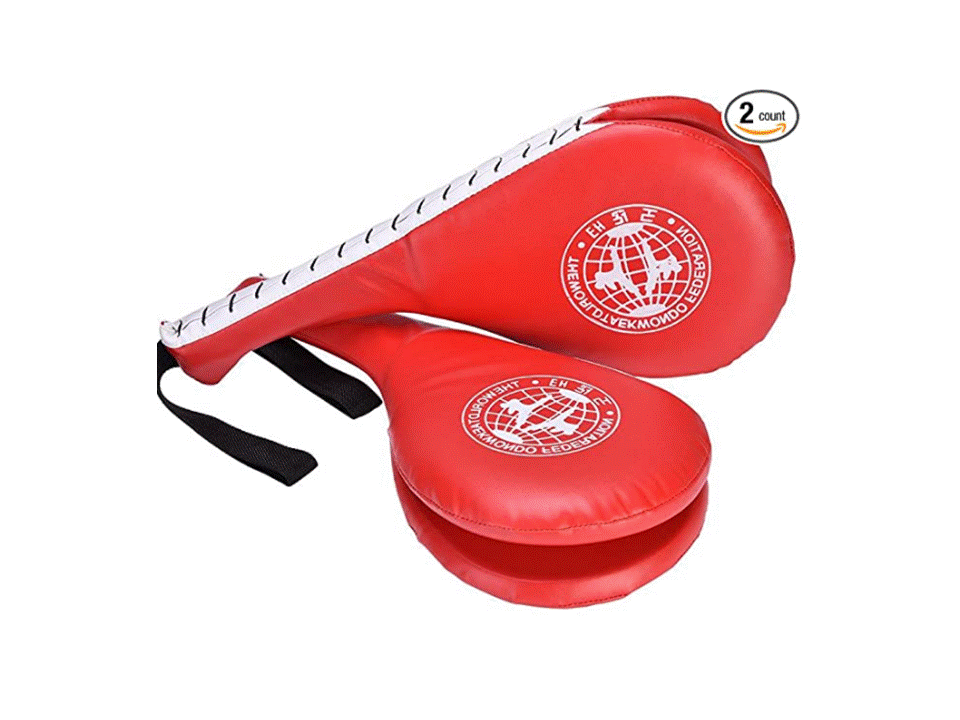


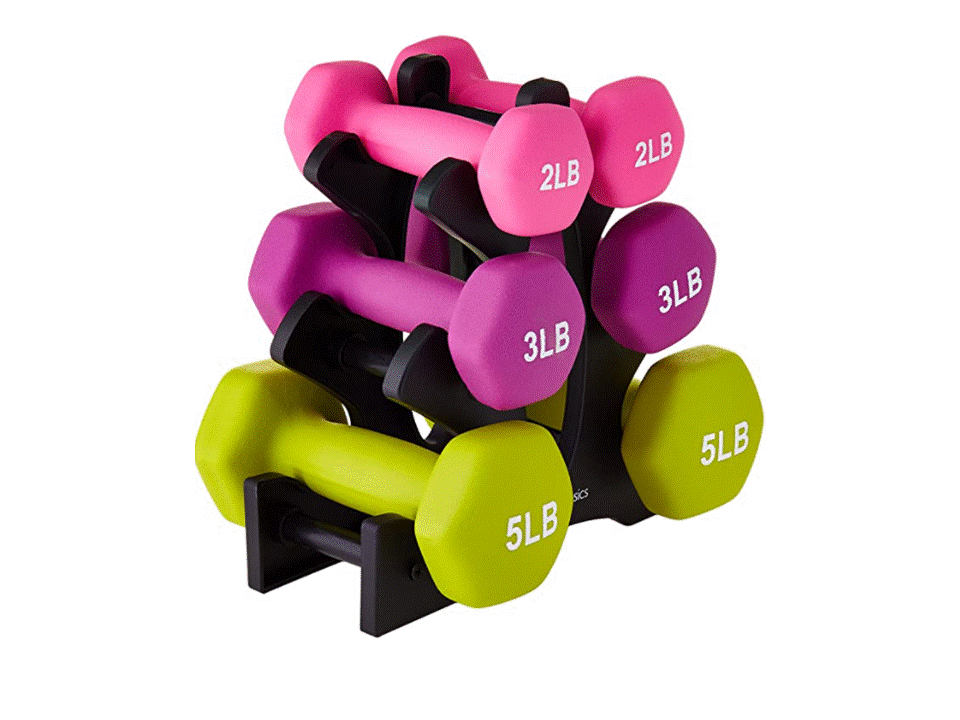
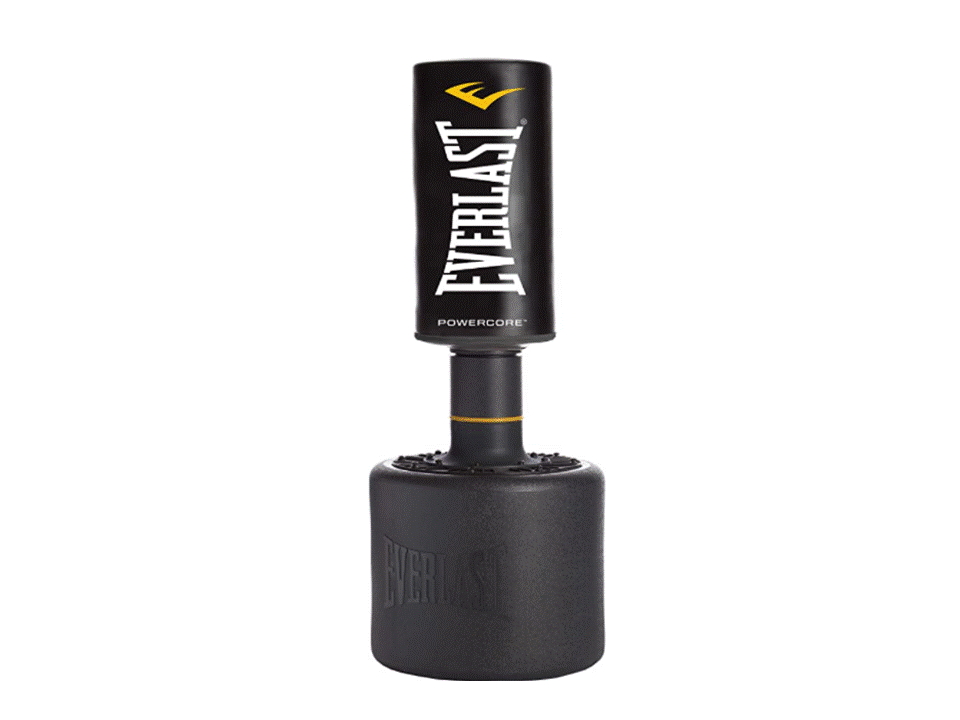
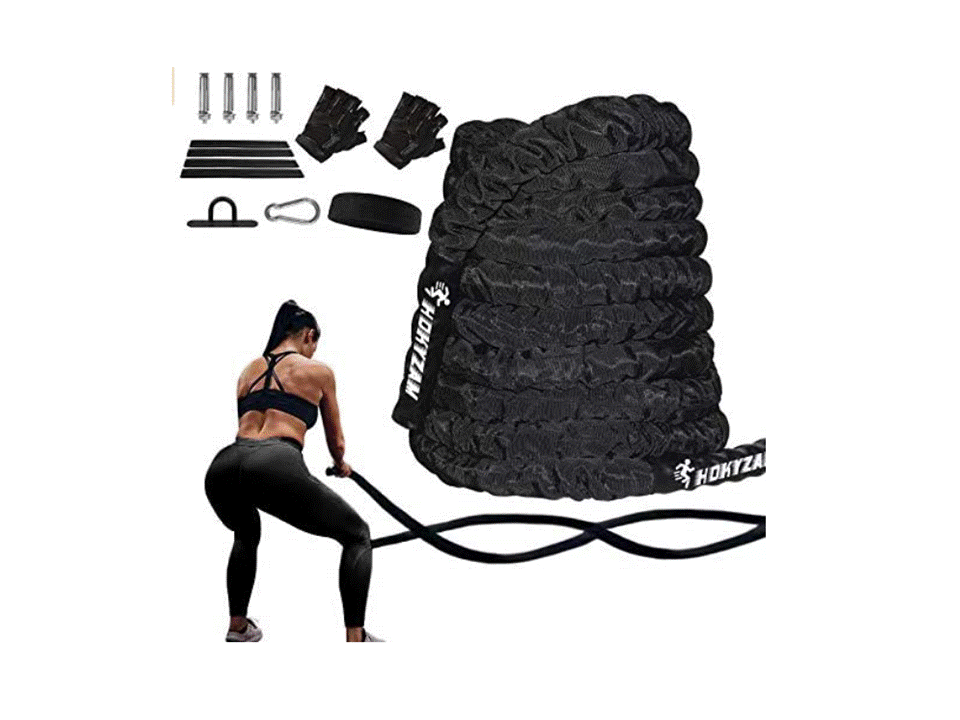












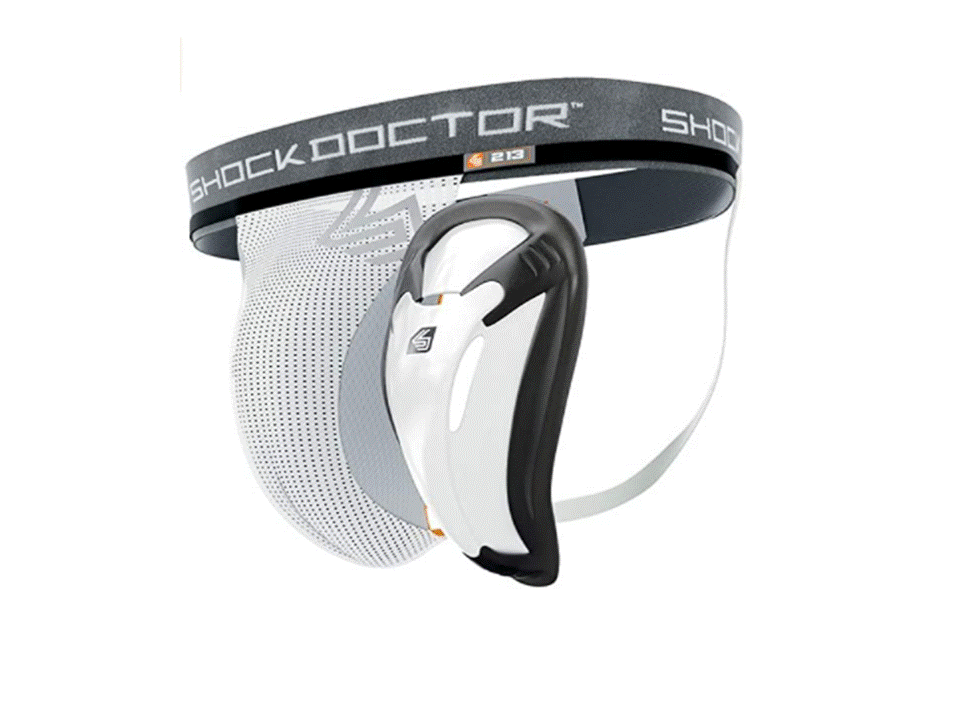
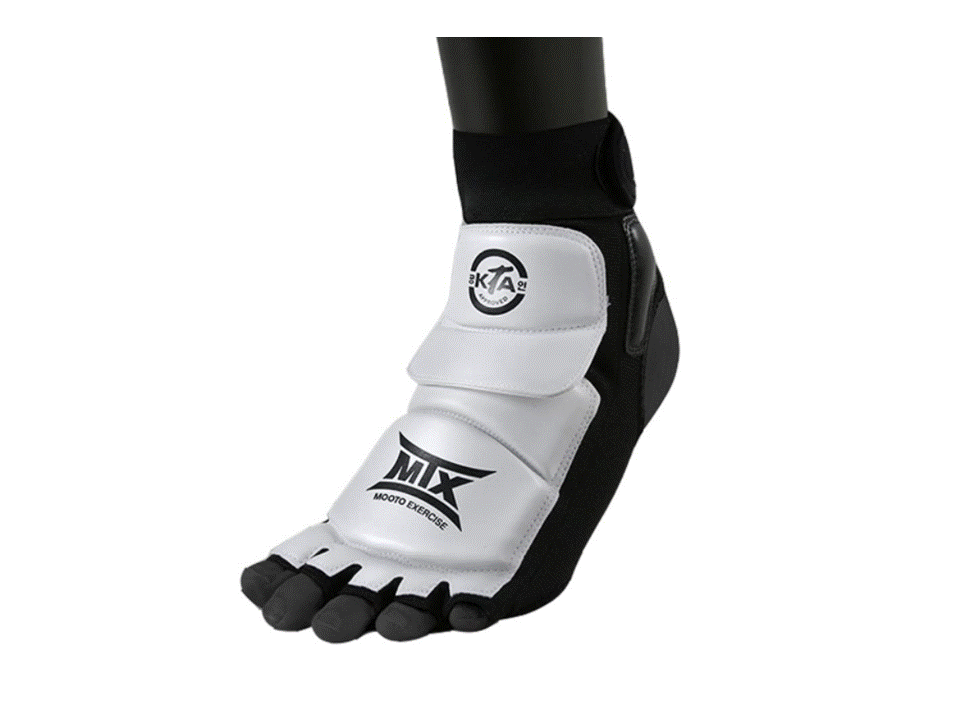
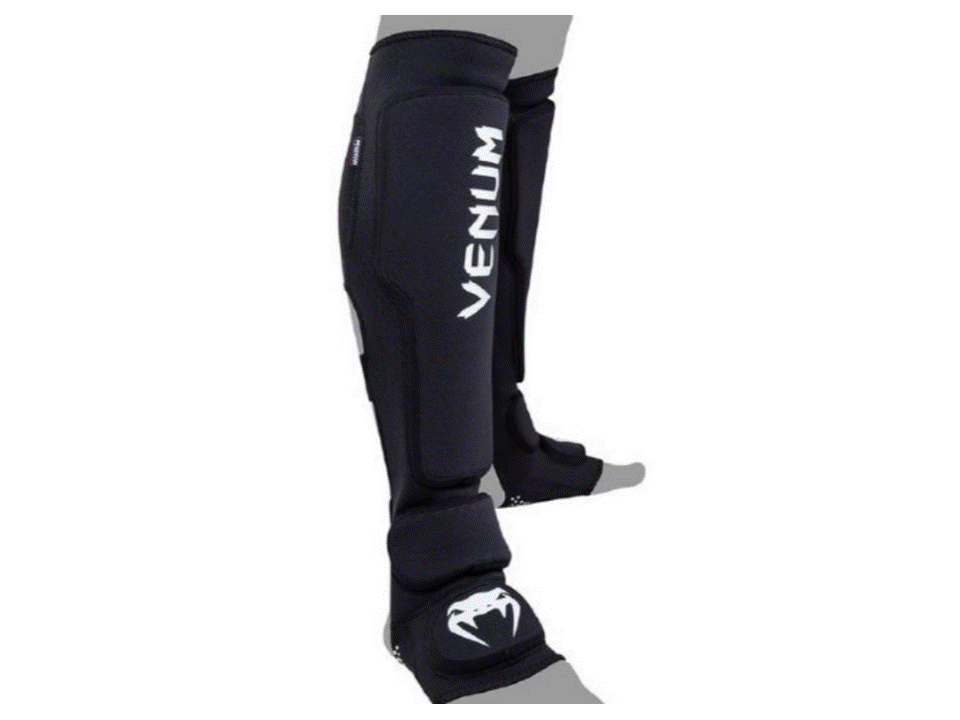
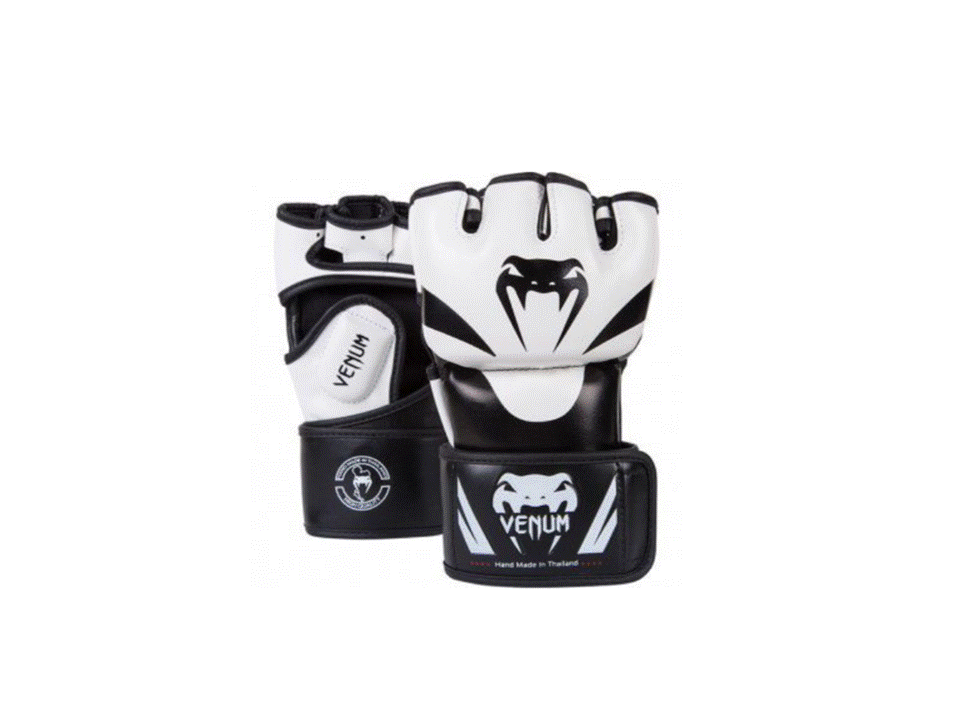

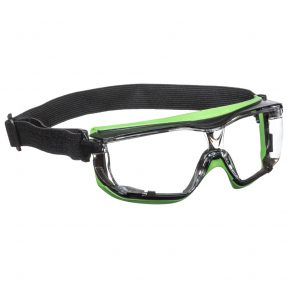










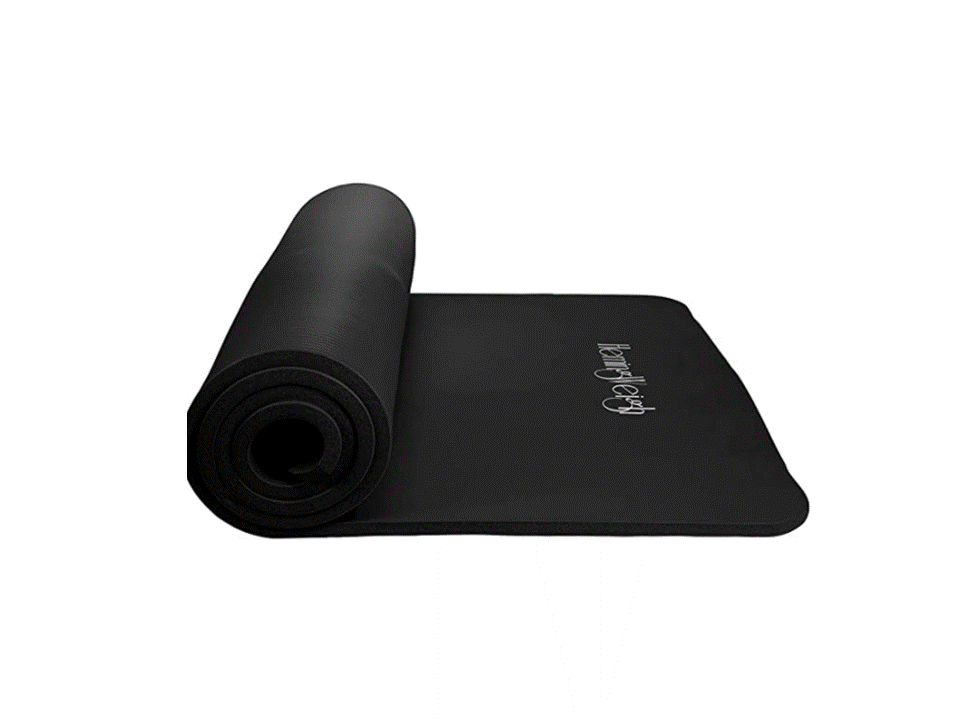
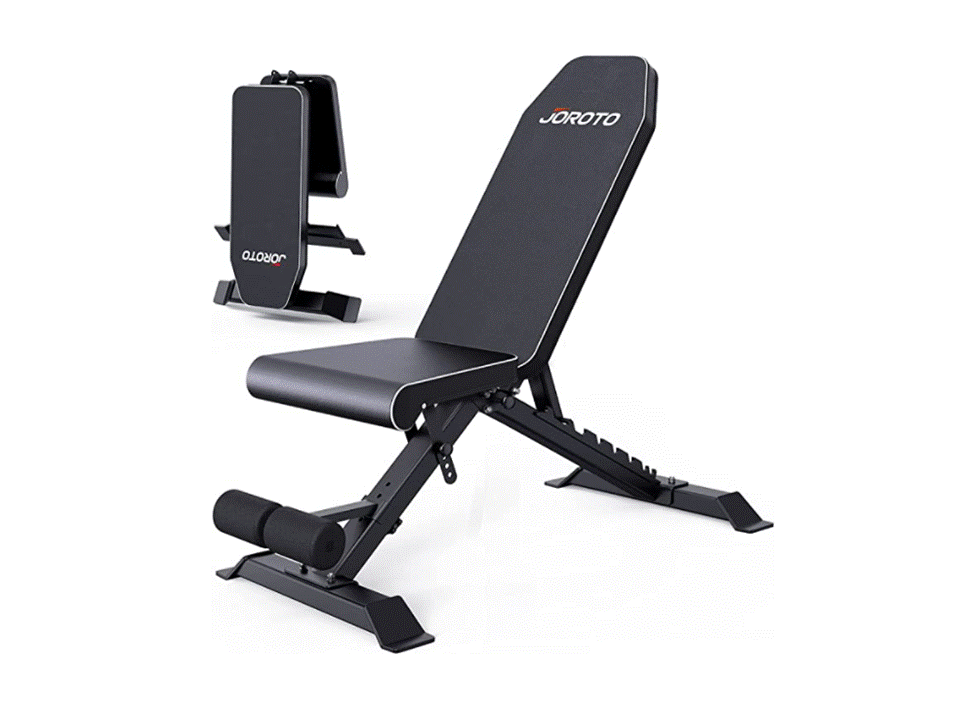



























Comments